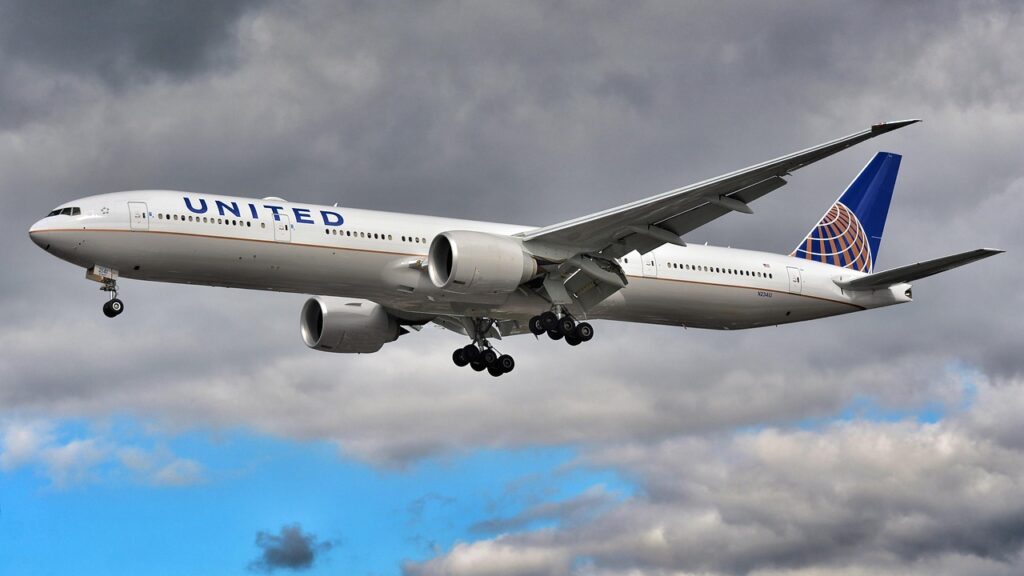Air travel is often described as one of the safest modes of transportation in the modern world, with airlines following strict protocols to ensure passenger safety and smooth operations. However, unexpected situations can arise mid-flight, requiring quick decisions and immediate action from the crew. One such event that drew attention was the United Airlines Flight UA770 emergency diversion incident, a reminder of how unpredictable aviation can be and how critical safety measures are in protecting lives.
Understanding the Incident
United Airlines Flight UA770 was operating as a routine passenger service when an unexpected situation forced the flight crew to initiate an emergency diversion. While the exact details surrounding the cause may vary depending on reports, emergency diversions are typically triggered by mechanical concerns, medical emergencies, security threats, or unexpected weather disruptions. In this case, the diversion of Flight UA770 demonstrated the importance of preparedness and quick decision-making in aviation. The aircraft, which had initially been scheduled to land at its intended destination without issue, was instead rerouted to the nearest suitable airport where emergency services were on standby to assist.
How Emergency Diversions Work
Deciding to divert during an emergency is always a serious and deliberate choice. It involves evaluating several factors in a matter of minutes, including the severity of the situation, the distance to alternate airports, the capacity of those airports to handle an An unscheduled landing prioritizes the safety of all passengers and crew onboard. Once the flight crew on UA770 identified a potential risk, they followed aviation protocols by communicating with air traffic control, informing passengers about the situation, and preparing the cabin for a safe diversion. Ground teams coordinated to ensure that medical staff, maintenance crews, or security personnel were ready upon arrival, depending on the nature of the emergency.

Passenger Experience During the Diversion
For the passengers onboard Flight UA770, the experience was understandably tense. Diversions often create a sense of uncertainty, as travelers may not immediately know the cause of the incident or how long the delay will last. However, most airlines, including United, train their crews extensively in customer communication during emergencies. Reports indicated that the flight attendants and pilots kept passengers informed, reassured them of their safety, and ensured that the diversion proceeded smoothly. While the situation disrupted travel plans, the priority remained clear: safety above all else.
Safety Protocols and Crew Response
The emergency diversion of UA770 highlights the importance of well-trained airline crews and robust safety protocols. Commercial airline pilots undergo extensive training in simulators that replicate a variety of emergency scenarios, from engine malfunctions to sudden medical crises. Similarly, flight attendants are trained to handle passenger safety, first aid, and emergency evacuations. In the case of Flight UA770, the crew’s quick response not only prevented a potential escalation but also reassured passengers that they were in capable hands. This incident served as a real-world demonstration of how theory and training translate into decisive action.
Impact on Passengers and Operations
While no airline wants to inconvenience its passengers, the operational impact of a diversion is often significant. For those onboard Flight UA770, the diversion meant delays, missed connections, and in some cases, unplanned overnight stays. From the airline’s perspective, diversions involve additional fuel costs, logistical challenges in rebooking passengers, and potential reputational impacts. However, most passengers recognize that diversions are made in the interest of safety, and the airline’s handling of the situation often shapes public perception. In this case, United Airlines’ transparent communication and prioritization of passenger safety helped maintain trust.
Lessons from the UA770 Incident
Every aviation incident, even those that end safely, offers valuable lessons for the industry. The diversion of UA770 emphasized several critical aspects:
-
Preparedness is vital: Pilots and crew must always be ready for sudden decisions.
-
Communication matters: Keeping passengers informed reduces panic and maintains order.
-
Ensuring safety remains paramount: The potential financial setbacks or delays are insignificant compared to the importance of safeguarding lives.
-
Training saves lives: Simulated exercises prepare crews for unpredictable real-world scenarios.
Final Thoughts
The United Airlines Flight UA770 emergency diversion incident serves as a powerful reminder of the unpredictable nature of air travel and the importance of robust safety procedures. While diversions can be stressful for passengers and costly for airlines, they remain an essential safeguard in aviation. The swift actions of the UA770 crew and the coordination between the airline and ground teams ensured that all passengers reached safety, reaffirming the commitment of modern aviation to protecting human life above all else.
In the end, this incident not only showcased the resilience and professionalism of airline staff but also highlighted the evolving role of technology, training, and preparedness in shaping the future of air travel.
